
Dropshipping
15 Cutting-Edge AI Tools to Revolutionize Your Dropshipping Business
Artificial intelligence tools have been a complete game changer in major aspects of the business world - from market research...
How to Write Exceptional Sales Copy for Your Clothing Store?
Marketing

What sets your clothing store apart often boils down to how well you communicate with your customers. Sales copy plays a big role in this. Whether you have an online or a physical store, your sales copy can turn a casual shopper into a loyal customer.
Sales copy is not just a simple description of your products. It’s about persuading people that your items are exactly what they need. If done correctly, it can increase sales, engage customers, and boost conversions.
In this article, we’ll provide helpful tips on how to write great sales copy specifically for clothing stores.
Let’s start by understanding what sales copy is and why it’s important.
A sales copy is a copy that tries to convince people to buy something. It’s like having a great salesperson but in writing. For clothing stores, sales copy can be found in product descriptions, ads, newsletters, and promotions.
Sales copy aims to make people feel something, keep them interested, and give them a good reason for purchasing.
When it comes to clothes, it could mean showing how an outfit will make someone feel good or highlighting the unique features and benefits of the clothing, such as providing a flawless style for work and weekends or keeping you warm in cold weather.
Here’s an example:
Instead of just saying: “This wool sweater comes in three colors,” you could say “Feel cozy and stylish in this soft wool sweater available in three beautiful colors.”
See the difference? One just gives information, while the other helps the customer imagine how the sweater fits into their life.
Now that we’ve covered the basics let’s explore the details of writing sales copy that stands out and converts.
First, you need to know who you are writing for. In the clothing industry, that means understanding your customers.
Are you targeting young professionals looking for fashionable work clothes, or maybe parents looking for affordable and long-lasting kids’ clothes? The more you know about your customers, the better.
Understanding what your customers like, what their problems are, and what they want helps you write copy that connects with them. For example, if you target customers interested in eco-friendly clothing, mention the positive impact these have on the environment.
For a clothing line that focuses on eco-friendly shoppers, your copy could say: “This dress is made from 100% organic cotton, good for you and good for the planet.’’
This shows that the dress is fashionable and environmentally friendly, which is important to your target audience.
Check out: Best customer acquisition strategies
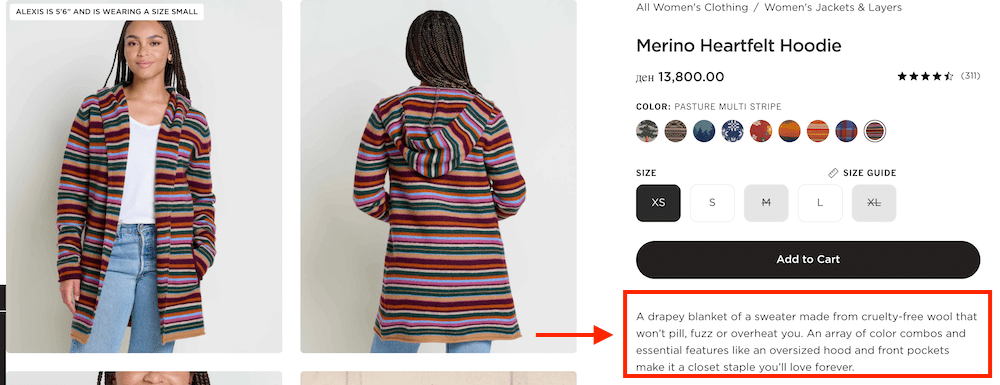
Headlines are the first thing people see which in many cases helps them decide whether to continue reading or not.
Your headline should grab attention right away and make people curious. A good headline is concise and speaks directly to the reader. It should also excite and urge people to hurry with their purchases. Imagine it like a big sign on the road–you only have a few seconds to catch someone’s eye.
For example, if there is a sale on summer dresses, for your headline, you can write: “Act fast: Get 50% off our most popular summer dresses.”
The headline creates urgency (act fast) and causes people to want to buy quickly.
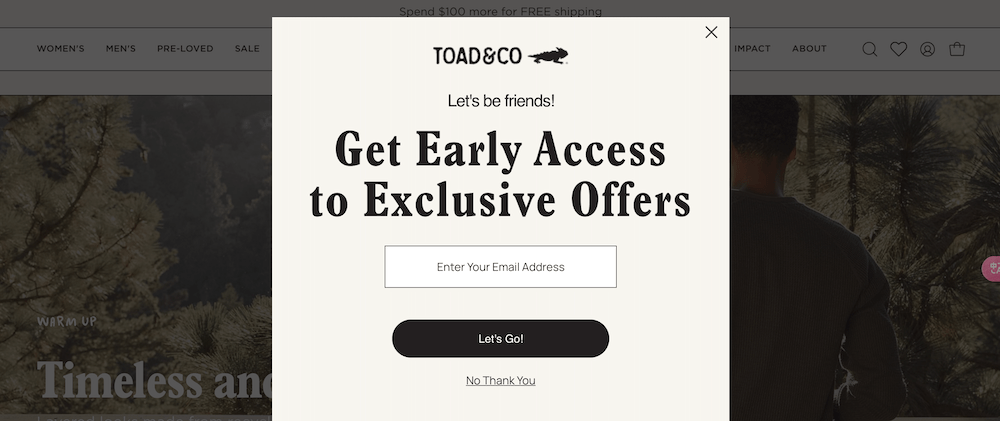
A feature is a fact or characteristic of a product, such as what it’s made of, how it looks, or what it can do. A benefit is how that feature improves a customer’s life. Feature tells you what a product is, while benefits tell you why it matters to the customer.
For instance, instead of just saying what your clothes are made of or how they look, think about how they can improve the customer’s experience. Will they make the customer feel more confident? Will they keep them warm in the winter? Maybe they can save them time in the morning.
When writing sales copy, focus on the benefits rather than just listing features.
By discussing benefits, you show customers how your clothes can fit into their lives, not just what they are.
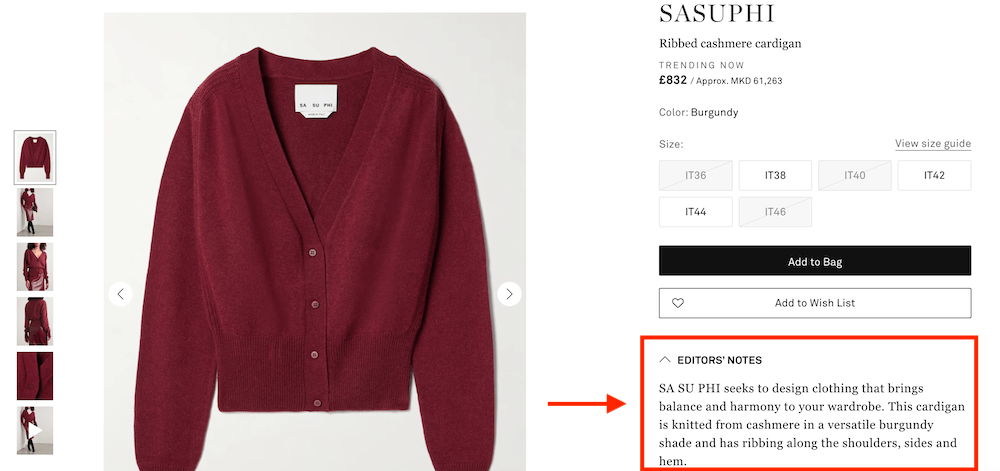
It is important to use persuasive language when writing your sales copy to convince and encourage customers to buy your product. You shouldn’t just talk about your products, you should make customers believe they want what you’re selling and that they may regret it later if they don’t buy it now.
Using certain strategies, you can make people feel like they need to buy now, trust your brand, and take action. Here are a few powerful, persuasive methods that can help push your customers toward making a purchase:
Urgency: Sometimes, feeling like you must act quickly can make a difference. Limited-time discounts or promotions can motivate customers to buy immediately.
Scarcity: When something is running out, it becomes more desirable. Knowing that only a limited amount is available can make customers want to buy it before it’s gone.
Social proof: Knowing that others are buying and liking a product can give customers more confidence in their decision-making.
These methods tap into human psychology and make your offers more persuasive.

When you write sales copy, include a clear and strong call to action (CTA) that tells your customer what to do next. Whether it’s “Shop now,” “Get your today,” or “Add to cart,” your CTA should be easy for them to follow.
Your CTAs should be action-oriented and convincing. Phrases like “Don’t miss out” or “Limited stock available” create urgency and encourage customers to act quickly.
For example, for a new clothing product launch, you could say, “Shop the new collection now and elevate your fall wardrobe.” This CTA tells the customer to take action and explains a benefit–improving their wardrobe for the season.
When writing sales copy, focus on making your CTA clear, actionable, and linked to a benefit that will motivate your customers to click.
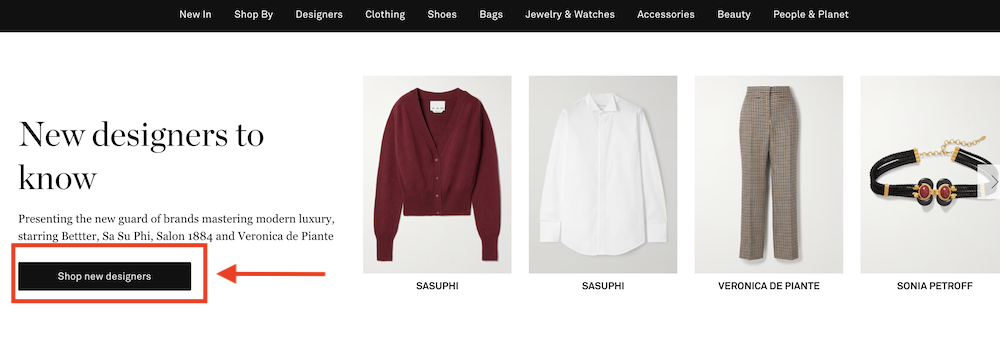
Your unique selling proposition (USP) makes your brand or product stand out from others and should be evident in all your sales writing.
Think of your USP as the answer to the question “Why should I buy from you?.” It could be about high-quality materials or special designs that make your brand unique.
Your USP should be convincing and specific. It should show customers why they should choose your product over another’s. For instance, if you sell luxury clothes, your USP might be: ‘“Our clothing is designed by world-renowned brands and made out of high-end materials that provide a luxurious feel to the skin.’’
See how this statement points out a unique feature (high-quality materials) and connects it to a benefit for the customer (a luxurious feel).
When you write your USP, make sure that it stands out. It should be clear, straight to the point, and focused on what makes your product the best choice for your customer.
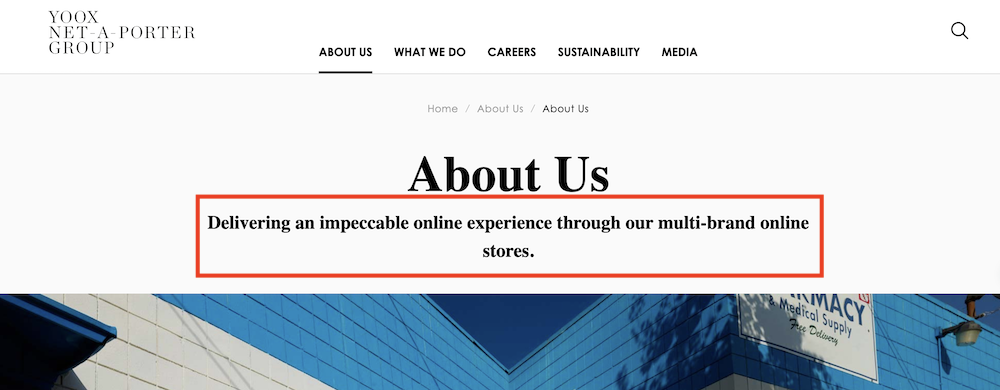
When customers cannot touch or try on the clothing in person, your writing needs to bring the product to life. Use descriptive language to create a clear picture of the product and show how it fits into the customer’s life.
Instead of just talking about what the clothing looks like, describe how it feels, moves, and how the customer will feel when wearing it.
An example of a flowing summer dress:
“Imagine feeling the light breeze as this airy, weightless dress sways with each step you take. It’s perfect for sunny days or evening walks along the beach.’’
This description goes beyond just describing the dress visually; it helps the customer imagine the experience of wearing it.
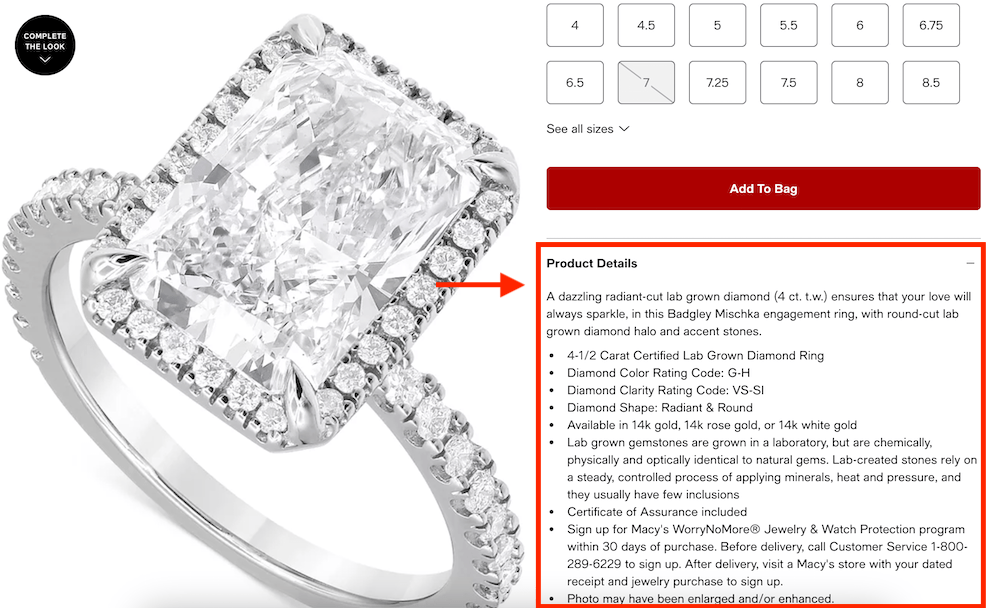
Good sales copywriting doesn’t just tell customers what’s great about a product but addresses customers’ concerns. Whether it’s the cost, how long it will last, or if it will fit, consider what customers might be concerned about and address those concerns in your writing.
Example for a pricier item:
“While this jacket may be a bit more of an investment, its high-quality craftsmanship ensures it will withstand the test of time, providing you with both style and comfort for years to come.’’
By mentioning the price immediately and explaining why it’s worth it, you can help customers feel more comfortable purchasing it.
Writing sales copy isn’t just about knowing what to do–it’s also about knowing what to avoid. Here are some common mistakes that can harm your sales copy and tips on how to steer clear of them.
Using too many technical terms in your sales copy can make customers feel left out. Even though these words might be easy within your company, they may confuse or overwhelm potential customers who aren’t familiar with fashion talk.
To fix this, use simple and easy-to-understand language. Imagine that you are describing the product to a friend. Would they know what you’re saying?
An example of fashion jargon is the term “fast fashion,” which describes affordable clothing created quickly by stores to align with the latest trends. Instead of saying “We sell fast fashion,” you might say, “We offer fashionable clothing at reasonable prices that you can wear immediately.”
This makes it easier for customers to grasp your message without needing to be familiar with specific fashion lingo.
If your sales copy doesn’t connect with your customers, it probably won’t lead to sales. When selling clothes, remember that it’s an emotional decision for customers. They want to feel good about what they wear.
Tap into these emotions in your sales copy to connect with customers on a deeper level. Create detailed profiles of your customers before writing your copy sale.
Use language and tone that will appeal to their specific needs and wants.
It may be tempting to see what your competitors are doing and think, “If it works for them it will work for me.” However, copying their style or structure can make your brand seem like a copycat and untrustworthy.
Also, what works for one brand may not work for yours, especially if your audience is different. Create a voice and tone that connects with your specific audience. Instead of copying others, get ideas from their strategies and add your own touch. Figure out what sets your brand apart and show that in your writing.
More may be needed than simply listing its features to get customers excited about a product. Features are important but only sometimes show why the product is valuable to the customer.
If your sales pitch focuses too much on features like “made from high-quality cotton” or “available in three colors”, it may miss the emotional or practical reasons people want to buy it. Shift the attention from features to benefits.
As mentioned above, by focusing on benefits, you demonstrate to customers why they should get your product, not just what it is.
Neglecting search engine optimization (SEO) is a big mistake when writing sales copy. If you don’t use the right keywords and strategies to optimize your content, your well-written copy will not be seen by as many people.
Some clothing stores forget about SEO and only focus on their message without considering how customers will find them online. Use tools like Google Keyword Planner, Ahrefs, or SemRush to find relevant keywords for your product page.
Integrate those keywords into your headlines, product descriptions, and meta tags.
Check out: Best SEO Chrome extensions
Spelling mistakes and grammar errors can harm your brand’s reputation. Even a casual customer may be turned off by sloppy writing because it can make you seem careless. Mistakes in your writing can confuse customers and cause them to lose trust in your business, which is the opposite of what you want when making a sale.
Proofread your work carefully. Tools like Grammarly or Hemingway Editor can help you catch errors. Even small mistakes can significantly impact how people see your business.
Convincing people with a passive voice is hard to achieve. Passive voice can make your writing seem detached and less interesting.
For example, saying “Our new collection is loved by many customers’’ doesn’t grab attention as well as “Customers love our new collection’’ does.
Try using active voice to make your writing more dynamic and direct.
It’s important to keep the same style and tone in all your sales writing. This will help your customers trust you and feel connected to your brand.
If your tone changes too much, it can confuse your readers and make your brand seem unorganized. To fix this, decide on a specific tone that matches your audience and stick to it in all your writing.
This consistency will make your brand more recognizable and help build trust with your audience.
Aggressive sales messages can make customers feel uncomfortable. People don’t like feeling forced to buy something. If your sales copy is too forceful, using phrases like “Buy Now!” or “Don’t Miss Out!”, can make your brand seem desperate or even fake.
To avoid this, focus on being helpful instead of pushy. Use softer, more inviting phrases like “Discover your perfect fit” or “Find your next favorite sweater.”
The first thing customers see is your headline. They might not read the rest if it doesn’t grab their attention.
A weak headline can ruin even the best sales writing. Headlines should be interesting and let readers know what to expect if they keep reading. To fix this, create short, concise, and exciting headlines. Use words that spark curiosity and excitement.
For example, instead of saying, “New fall collection” you could try “Explore the comfy new fall collection!”
Great sales copy can change how customers see your clothing store.
By knowing your customers, highlighting benefits, and using persuasive techniques, you can create sales copy written in a way that connects with them and makes them want to buy your products. Ensure you don’t make common mistakes and try to connect emotionally with your customers.
Now that you have the skills, it’s time to start writing that copy and make those sales!
What is dropshipping?